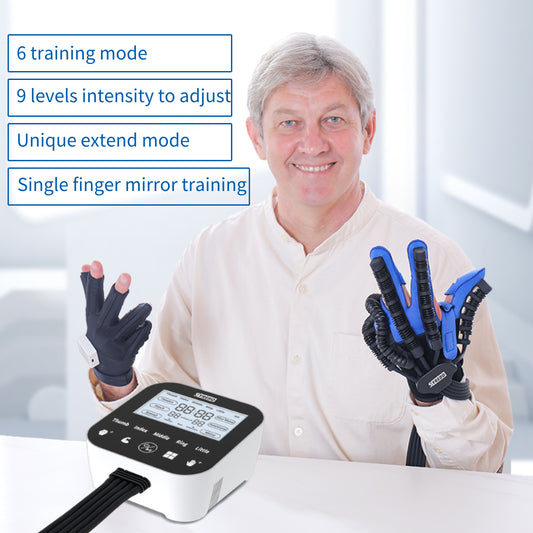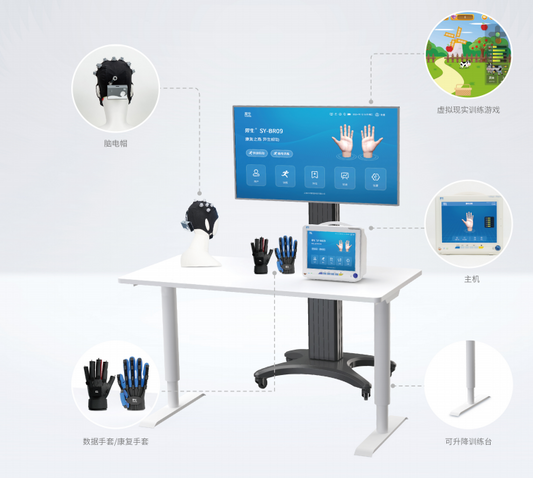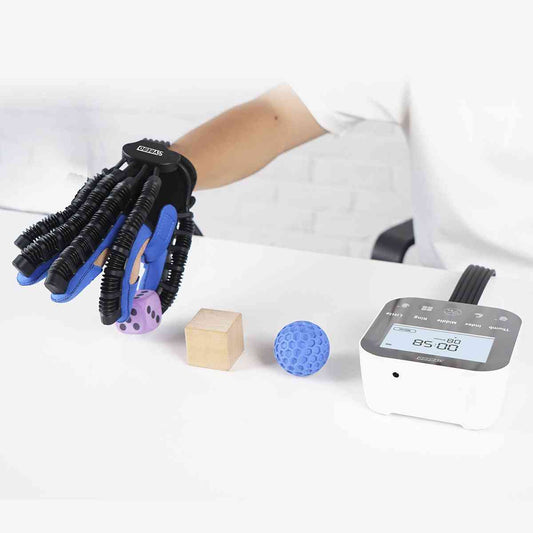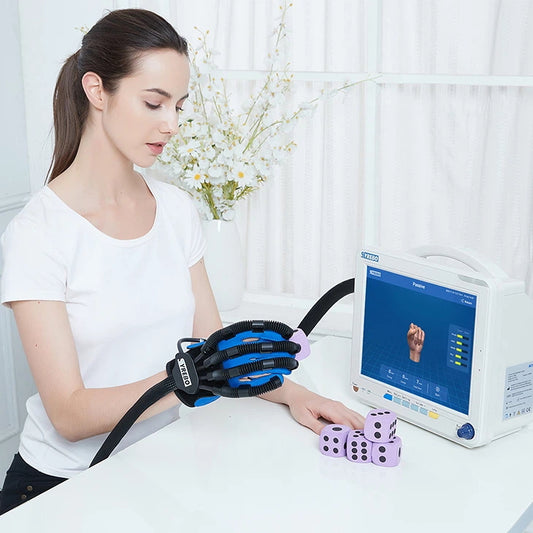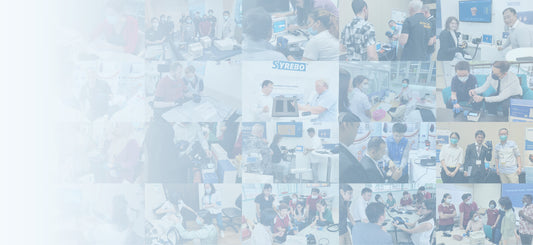Is Innovative Mirror Therapy Effective for Stroke Patients with Upper Limb Impairment?
Upper limb dysfunction is a prevalent and significant functional impairment in stroke patients. Recovery of upper limb function is often more challenging than that of the lower limbs and can adversely affect lower limb performance as well. Consequently, addressing upper limb dysfunction has consistently been a primary focus and challenge in clinical rehabilitation for stroke patients.
Mirror therapy (MT) is a rehabilitation technique for hand function. In this method, the patient places their healthy hand outside a mirror box and the affected hand inside. As the healthy hand moves, the patient watches the reflection in the mirror, creating the illusion that the affected hand is also moving. This approach aims to engage the patient’s brain by providing visual feedback that stimulates observation, imagination, and imitation of movements, ultimately facilitating rehabilitation.

Currently, mirror therapy (MT) is widely used to rehabilitate upper limb dysfunction in stroke patients. Research has demonstrated its effectiveness in enhancing upper limb motor function and daily activities. With advancements in technology, especially in intelligent rehabilitation equipment, new forms of MT have emerged, creating exciting possibilities for its development. This study compares the rehabilitation effects of innovative MT with traditional MT on upper limb dysfunction in stroke patients.

Objective
To evaluate the rehabilitation effect of innovative mirror therapy (MT) on the upper limb function and daily living activity ability of stroke patients.
Methods
Sixty patients with impaired hand function after stroke were enrolled and divided into the intervention (n = 30) and control groups (n = 30) according to the random number table method. Patients in the intervention group received conventional rehabilitation training combined with innovative MT, and those in the control group received conventional rehabilitation training and conventional MT. Before treatment and 4 weeks after treatment, the Fugl-Meyer Assessment Scale for the upper limb (FMA-UE), the Fugl-Meyer Assessment Scale for the wrist and fingers (FMA-WH), and the modified Barthel Index (MBI) were evaluated to compare the rehabilitation effects between two groups.
Results
After 4 weeks of treatment, the FMA-UE, FMA-WH, and MBI scores of patients in two groups were higher than those before treatment (all P < 0.05). The FMA-UE, FMA-WH, and MBI scores in the intervention group were higher than those in the control group (50.00 (25.75, 57.25) vs.24.00 (9.75, 51.50), 12.00(1.75, 14.75) vs. 0(0, 12.50), 24.50(13.00, 28.75) vs.13.00(4.75, 21.00), all P < 0.05). The differences before and after treatment of FMA-UE, FMA-WH and MBI scores in the intervention group were all higher than those in the control group (all P < 0.05).



Conclusion
Innovative MT, utilizing the Syrebo Hand Rehabilitation Robot SY-HR08E, demonstrates greater effectiveness than traditional MT in improving upper limb function and enhancing daily living abilities for patients with hand function impairments following a stroke. As a novel rehabilitation technology, innovative MT holds significant clinical value for addressing hand dysfunction caused by neurological conditions.
Syrebo all series of Hand Rehabilitation Robot is equipped with innovative MT, aiding stroke patients in restoring hand function and regain independence.


